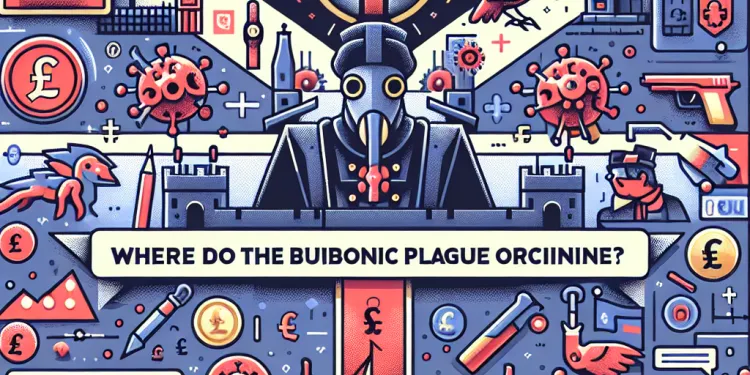
Find Help
More Items From Ergsy search
-
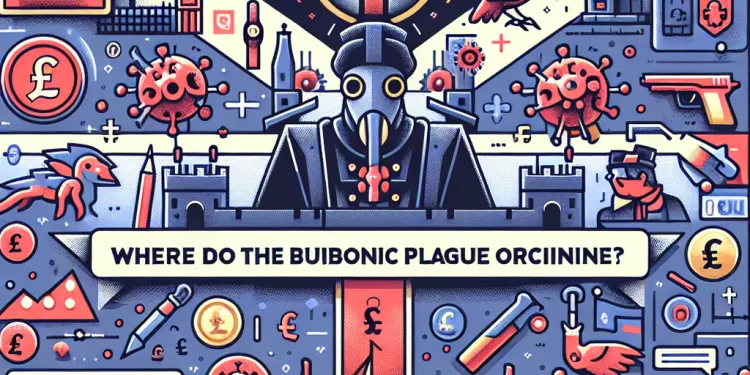
Where did the bubonic plague originate?
Relevance: 100%
-

What is Bubonic Plague?
Relevance: 81%
-

Did the bubonic plague affect only Europe?
Relevance: 77%
-

What is the bubonic plague?
Relevance: 76%
-

Are there vaccines for the bubonic plague?
Relevance: 75%
-
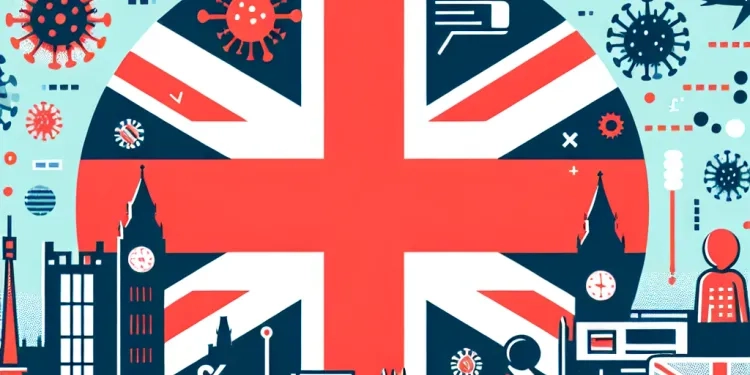
How is the bubonic plague transmitted?
Relevance: 73%
-
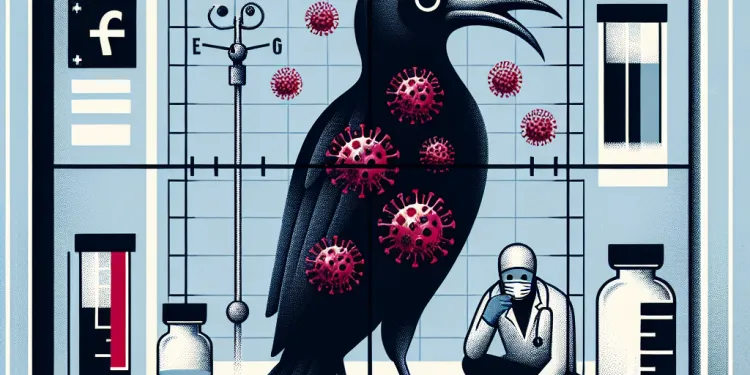
What are the symptoms of the bubonic plague?
Relevance: 73%
-
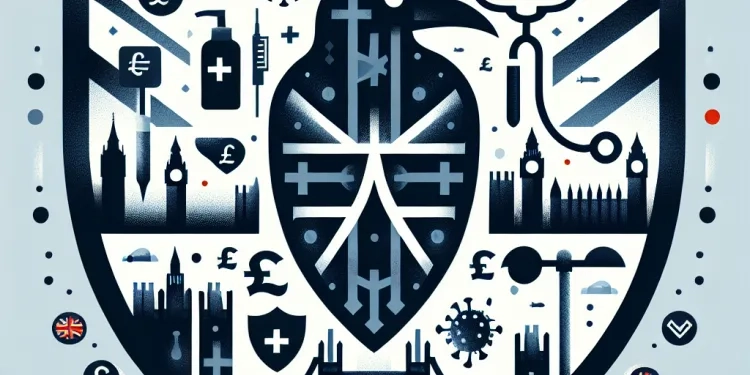
Can the bubonic plague be prevented?
Relevance: 72%
-

Is the bubonic plague contagious between humans?
Relevance: 71%
-

How can the bubonic plague be treated?
Relevance: 70%
-
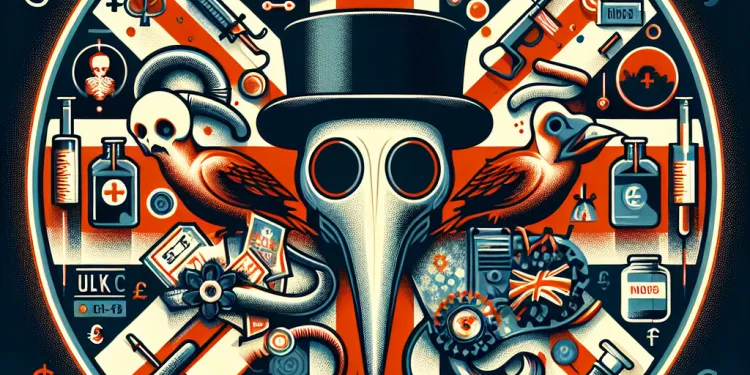
What historical event is the bubonic plague known for?
Relevance: 69%
-
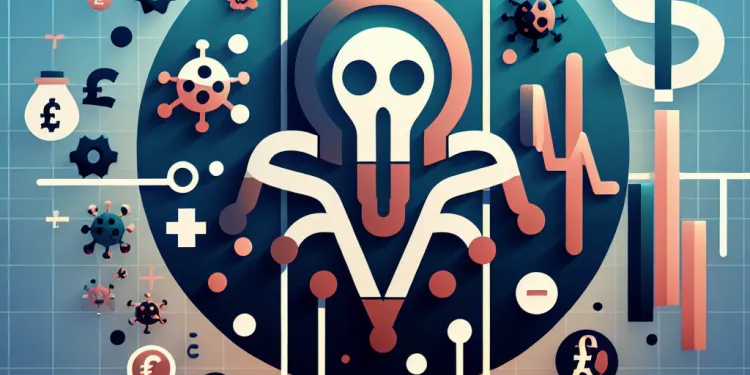
What is the mortality rate of untreated bubonic plague?
Relevance: 69%
-

How was the bubonic plague controlled historically?
Relevance: 66%
-

Can the bubonic plague become resistant to antibiotics?
Relevance: 64%
-
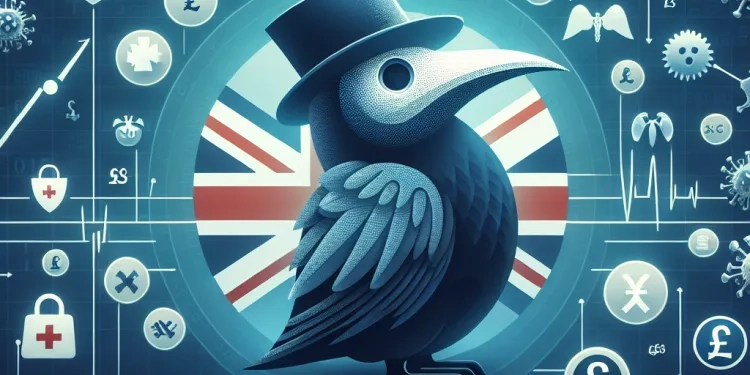
What advancements have been made in understanding the bubonic plague?
Relevance: 62%
-

Are there modern outbreaks of bubonic plague?
Relevance: 52%
-
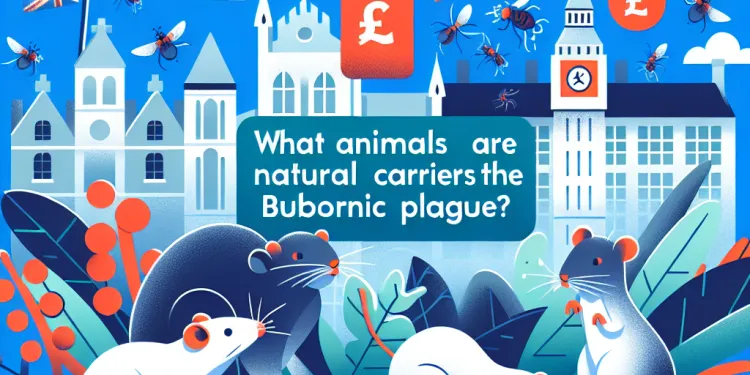
What animals are natural carriers of the bubonic plague?
Relevance: 47%
-

What is a bubo?
Relevance: 34%
-

What public health measures are important for managing the plague?
Relevance: 33%
-

Origin of Judaism - A Brief History | 5 MINUTES
Relevance: 30%
-
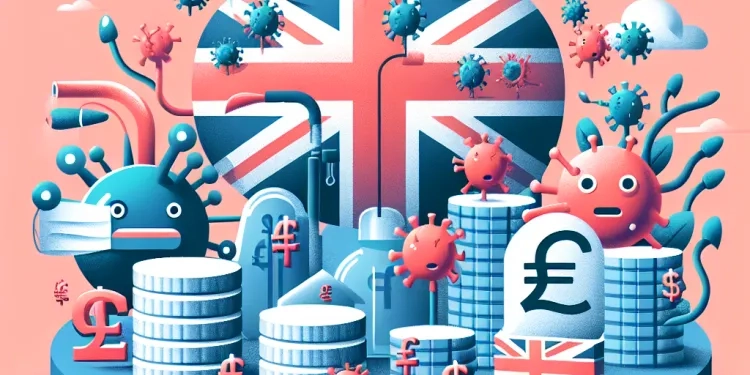
Is the bubonic plague still a global health threat?
Relevance: 27%
-

Can decisions made by the tribunal be appealed?
Relevance: 10%
-

How should Wegovy tablets be stored?
Relevance: 9%
-

How should Baxdrostat be stored?
Relevance: 9%
-
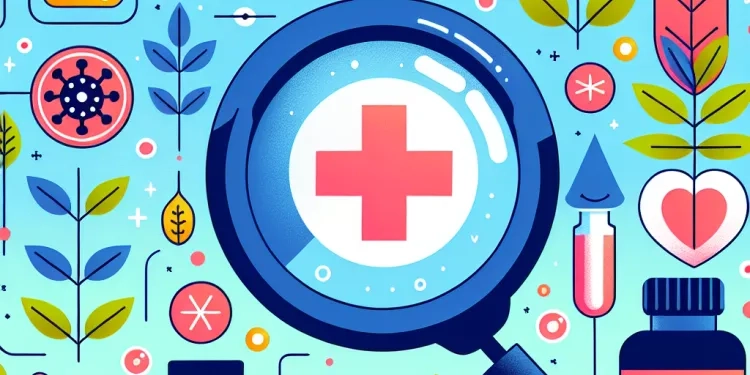
What is the principle of 'like cures like'?
Relevance: 9%
-

What is a booster jab, and do I need one?
Relevance: 9%
-

What evidence should I gather if I plan to seek legal action?
Relevance: 9%
-

Who developed the Paillon treatment?
Relevance: 9%
-

A History of The Church of England
Relevance: 9%
-

How long has Botox been used in medicine?
Relevance: 8%
-

The history of the Baptist Church and Anabaptist: The Good The Bad and the Ugly
Relevance: 8%
-

What should I do if I receive a Request for Evidence from USCIS?
Relevance: 8%
-

Do all mutations in the virus lead to new variants?
Relevance: 8%
-

Do homeopathic medicines contain any active ingredients?
Relevance: 7%
-

What is money laundering?
Relevance: 7%
-

Can I appeal a court's eviction decision?
Relevance: 7%
-

What is Homeopathy and Homeopathic Medecine?
Relevance: 7%
-

What is Botox made from?
Relevance: 7%
-

What should I do if my complaint about mis-sold car finance is rejected?
Relevance: 7%
-
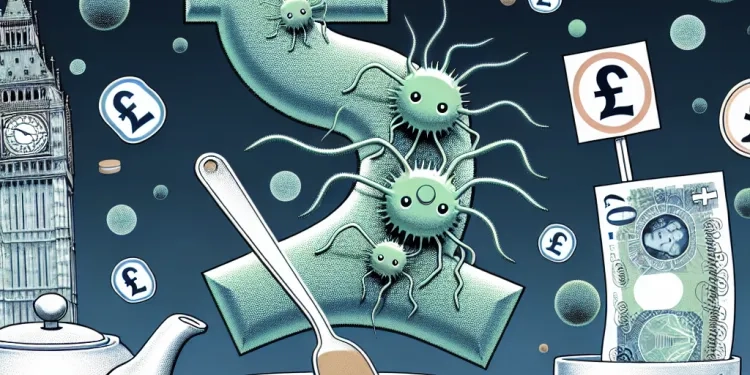
How does the bacteria Yersinia pestis survive between outbreaks?
Relevance: 7%
Introduction to the Bubonic Plague
The bubonic plague, also known as the Black Death, is one of the most devastating pandemics in human history. It resulted in the deaths of millions and had a profound impact on the societies it affected. Understanding where this deadly disease originated from is crucial for comprehending its historical impact and spread.
Geographical Origin
The bubonic plague is widely believed to have originated in Central Asia. The specific region often pointed to is around modern-day Mongolia and Inner Mongolia in China. This area is a natural habitat for the black rat (Rattus rattus) and the Asian gerbil, both of which are potential carriers of the fleas that transmit the plague bacterium, Yersinia pestis, to humans.
Historical Evidence
Historical records and archaeological findings suggest that outbreaks of the plague occurred in China and were carried westwards. The Silk Road, a network of trade routes connecting the East and West, played a significant role in facilitating the spread of the disease. By the 14th century, the disease had moved from the central and eastern parts of Asia to Europe.
Arrival in Europe
The plague made its way to Europe likely via the Black Sea ports. In 1347, it was recorded at the port of Caffa in Crimea. From Caffa, the disease spread to Italy, carried by merchant ships, and quickly disseminated throughout Europe. It reached the British Isles in 1348, causing severe outbreaks that decimated populations.
Role of Trade Routes
The movement of people and goods along the Silk Road and through Mediterranean trade routes facilitated the spread of the plague from Asia to Europe. Ships, carrying rats and fleas, became instruments of transmission as they docked at various ports along their routes, spreading the disease widely. This underscores the historical role of commerce in the dissemination of infectious diseases.
Conclusion
The bubonic plague's origin can be traced back to Central Asia, with its spread influenced heavily by the trade routes of the time. Understanding its journey from Asia to Europe provides insight into how interconnected the world was even in medieval times and how these connections contributed to historical pandemics. The role of trade and travel in the spread of infectious diseases remains relevant, highlighting the need for global cooperation in disease prevention and control.
Introduction to the Bubonic Plague
The bubonic plague is also called the Black Death. It was a very bad disease a long time ago. Many people died because of it. It changed the world a lot. It is important to know where this disease started to understand its effect on history.
Where Did It Start?
The bubonic plague started in Central Asia. This is a place near Mongolia and Inner Mongolia in China. There are lots of black rats and gerbils here. These animals had fleas that spread the plague to people.
What Do We Know from History?
History tells us that the plague happened in China first. It then moved to other places. The Silk Road was a big trade route that connected East and West. It helped the plague travel to Europe. By the 14th century, the plague was in Europe.
How Did It Reach Europe?
The plague came to Europe through the Black Sea ports. In 1347, it was in Caffa, in Crimea. From there, it went to Italy. Ships carried the disease, and it spread across Europe. It arrived in the British Isles in 1348 and caused many deaths.
How Trade Helped Spread the Plague
People and goods moved along the Silk Road and the Mediterranean trade routes. This helped the plague spread from Asia to Europe. Ships had rats and fleas that carried the disease to different ports. This shows how trade helped diseases spread.
Conclusion
The bubonic plague started in Central Asia and spread because of trade routes. Knowing its journey from Asia to Europe tells us how connected the world was then. It also shows us the need for global teamwork to stop diseases today.
Frequently Asked Questions
What is the bubonic plague?
The bubonic plague is a severe infectious disease caused by the bacterium Yersinia pestis, characterized by swollen and painful lymph nodes, called buboes.
Where did the bubonic plague originate?
The bubonic plague is believed to have originated in Central Asia.
How was the bubonic plague spread?
The bubonic plague was primarily spread through fleas that lived on rodents, such as rats, and could also be transmitted directly between humans.
When did the bubonic plague first appear?
The first widespread pandemic of the bubonic plague, known as the Justinian Plague, appeared around 541 AD.
What was the Black Death?
The Black Death was a devastating global epidemic of bubonic plague that struck Europe and Asia in the mid-1300s.
How did the plague travel from Central Asia to Europe?
The plague spread via trade routes, including the Silk Road, and through the activities of merchants and armies.
Which organism causes the bubonic plague?
Yersinia pestis, a type of bacteria, is the causative agent of the bubonic plague.
Why did the bubonic plague spread so widely?
The spread was facilitated by flea-infested rats on ships, human travel, and trade networks, as well as poor sanitation and living conditions.
What historical pandemics were caused by the bubonic plague?
Three historical pandemics: the Plague of Justinian, the Black Death, and the Third Pandemic.
Are modern cases of bubonic plague still occurring?
Yes, while rare, cases of bubonic plague still occur, mainly in rural areas in Africa, Asia, and the Americas.
Can the bubonic plague be treated today?
Yes, the bubonic plague can be effectively treated with antibiotics if diagnosed early.
How did the bubonic plague affect Europe's population?
During the Black Death, the bubonic plague wiped out about 30-60% of Europe's population.
What are the symptoms of bubonic plague?
Symptoms include sudden onset of fever, chills, weakness, and swollen and painful lymph nodes, or buboes.
How long does it take for symptoms of the bubonic plague to appear?
Symptoms can appear within 2 to 6 days after exposure to the plague bacteria.
What animals are known to carry the bubonic plague bacterium?
Rodents, particularly rats, are common carriers, and the bacteria can be spread by fleas that live on these animals.
Did climate change influence the spread of the bubonic plague?
Yes, climate fluctuations in Central Asia affected the population dynamics of rodents and fleas, influencing the spread of the plague.
What was the impact of the plague on the medieval economy?
The drastic population decline led to labor shortages, wage increases, and shifts in economic power.
What measures were eventually effective in controlling the plague?
Improved sanitation, pest control, and better quarantine measures helped control plague outbreaks.
Why was the mortality rate of the plague so high in the 14th century?
Lack of medical knowledge, inadequate sanitation, and the rapid spread of infection led to high mortality rates.
What was the third pandemic of the bubonic plague?
The Third Pandemic, beginning in the late 19th century, originated in China and spread to other parts of the world, causing millions of deaths.
What is the bubonic plague?
The bubonic plague is a really bad sickness. It used to make a lot of people very sick a long time ago.
Here are some ways to learn more:
- Ask someone to explain it to you in simple words.
- Look for pictures or videos that tell the story of what happened.
Remember, it's okay to ask questions if you don’t understand something!
The bubonic plague is a very bad sickness caused by tiny germs called Yersinia pestis. It makes parts of your body called lymph nodes sore and swollen. These swollen parts are called buboes.
Where Did the Bubonic Plague Start?
The bubonic plague began a long time ago in a place called Asia. It is an illness that made many people sick.
If you find it hard to read or understand, you can ask someone to help you. You can also listen to the text using a reading tool.
The bubonic plague started in a place called Central Asia.
How did the bubonic plague spread?
The bubonic plague is a disease that made many people very sick a long time ago.
It spread when fleas that lived on rats bit people. Fleas are tiny jumping insects.
People lived close to rats, where it was dirty. This made it easy for the fleas to jump from rats to people.
When people traveled to new places, the plague spread to more areas.
Talking to someone about it, watching simple videos, or using picture books can help you understand better.
The bubonic plague is a sickness. It spread mostly by fleas. Fleas are tiny bugs. These fleas lived on animals like rats. People could also give the plague to each other.
When did the bubonic plague first happen?
The bubonic plague first happened a long time ago.
It was in the 1300s.
Many people got very sick.
Talking with a teacher or using a history book can help you learn more!
The first big spread of a disease called the bubonic plague happened around the year 541 AD. It was called the Justinian Plague.
What was the Black Death?
The Black Death was a big sickness.
Lots of people got very sick.
This happened a long time ago.
You can look at pictures or watch videos to learn more.
The Black Death was a terrible disease that spread across the world. It affected many people in Europe and Asia in the middle of the 1300s.
How did the plague move from Central Asia to Europe?
The plague is a disease that makes people very sick. It started in a place called Central Asia.
The disease traveled a long way to Europe.
It moved from one place to another on ships and by traders (people who travel to sell things).
People got sick when the disease reached their towns and cities.
You can use pictures or maps to help understand how far the plague traveled.
The plague traveled along roads where people traded goods, like the Silk Road. It spread because of traders and soldiers moving from place to place.
What tiny germ makes the bubonic plague happen?
Yersinia pestis is a tiny germ. It causes a disease called the bubonic plague.
Why did the bubonic plague spread so much?
The bubonic plague is a disease that made a lot of people sick long ago.
Here are some reasons why it spread so much:
- The disease was carried by fleas on rats. Rats were everywhere, so the disease spread quickly.
- People did not know how to stop the disease. They did not have medicine to make people better.
- Lots of people lived close together in small spaces, like cities. This made it easy for the disease to spread from person to person.
To make reading easier, point to each word as you read it. You can also read with a friend or use a tool that reads the text out loud.
The disease spread because rats with fleas were on ships. People traveling and trading helped it spread, too. Dirty places and bad living conditions made it worse.
What past sicknesses were caused by the bubonic plague?
The bubonic plague is a disease that made a lot of people very sick a long time ago.
There were three big times when this disease spread:
- The Plague of Justinian - This happened a long, long time ago around the year 541. It made many people sick in Europe and Asia.
- The Black Death - This was a really bad time around the 1300s when many people in Europe got very sick and many died.
- The Third Pandemic - This started in the 1800s and affected people in different parts of the world.
Here are some things that might help you understand better:
- Look at pictures or drawings of what it was like a long time ago.
- Use simple videos or cartoons that tell the history of the plague.
- Talk with someone who can explain the history in a simple way.
Three big, past sicknesses: the Plague of Justinian, the Black Death, and the Third Pandemic.
Here are some ways to understand this better: 1. **Pictures and Videos**: Look at pictures and videos about these pandemics online. 2. **Simple Books**: Read books with lots of pictures and easy words about these events. 3. **Ask Questions**: Talk to a teacher or a grown-up about these pandemics. These tools can make learning about history easier.Is the bubonic plague still happening today?
Yes, the bubonic plague does happen sometimes even today. But don't worry, it is very rare. Doctors can use medicine to make people better if they catch it.
If you want help understanding this, you can:
- Look at pictures or videos about it.
- Ask someone to explain it to you.
- Use apps that read out loud.
Yes, there are still a few cases of bubonic plague today. This happens mostly in the countryside in Africa, Asia, and the Americas.
Can we make people better if they get the bubonic plague today?
Yes, doctors can use strong medicine called antibiotics to treat the bubonic plague if they find it early.
What happened to the people in Europe during the bubonic plague?
The bubonic plague made many people in Europe very sick.
A lot of people died from the plague.
This means there were fewer people living in Europe after the plague.
Here are some tools to help you understand:
- Use pictures and videos to see what happened.
- Listen to stories or watch shows about the plague.
- Ask someone to read the story with you.
Long ago, a sickness called the Black Death made lots of people very sick. It was a type of disease called the bubonic plague. It made between 30 and 60 out of every 100 people in Europe die.
What signs show someone might have bubonic plague?
You might feel sick suddenly. You can get a high temperature, feel cold, and feel very tired. Parts of your body might hurt and swell up too, like the soft lumps found in your neck or armpit called lymph nodes. It's important to tell someone and see a doctor if you feel like this.
Here are some tips to help you:
- Ask someone you trust to help read information with you.
- Use apps or tools that read text out loud.
- Break down the text into small parts and go slowly.
When do signs of the bubonic plague show up?
You might start to feel sick 2 to 6 days after coming into contact with the plague germs.
What animals can have the germ that causes bubonic plague?
Rats and mice are small animals. They can carry a lot of germs. Fleas, which are tiny bugs, live on rats and mice. These fleas can spread the germs to people.
Did Climate Change Help Spread the Bubonic Plague?
Did weather changes make the bubonic plague spread more?
Here are some helpful tools to understand:
- Pictures: Use pictures to show how climate and disease spread work.
- Simple Maps: Maps can show where the plague spread.
- Videos: Watch videos that explain climate change and the plague.
Yes, changes in weather in Central Asia affected how many rodents and fleas there were. This changed how the plague spread.
How did the plague change money and jobs in the Middle Ages?
Many people died, so there were not enough workers. This made it hard for bosses to find people to do jobs. Workers got paid more money. This changed who had power with money.
What steps helped stop the plague?
The plague was a disease that made many people sick. People tried many things to stop it.
Here are some steps that helped:
- Keeping sick people away from healthy people.
- Cleaning streets and homes often.
- Using special medicines to make people better.
Tools to help understand:
- Look for books with pictures about the plague.
- Watch videos that explain it simply.
- Ask a teacher or helper to explain big words.
We stopped the plague by keeping everything clean, getting rid of pests, and making sure sick people stayed away from others.
Why did lots of people die from the plague in the 14th century?
The plague, a bad sickness, spread quickly.
People did not have good medicine then.
They did not know how to stop the sickness.
They also lived close together, which made it easy for germs to spread.
Using pictures or storybooks about health can help you understand better.
People did not know much about medicine. There was not enough cleaning. Sickness spread quickly and this caused many people to die.
What was the third time the bubonic plague happened?
The Third Pandemic started in China at the end of the 1800s. It spread to other countries and caused millions of people to die.
Useful Links
- Ergsy carfully checks the information in the videos we provide here.
- Videos shown by Youtube after a video has completed, have NOT been reviewed by ERGSY.
- To view, click the arrow in centre of video.
- Most of the videos you find here will have subtitles and/or closed captions available.
- You may need to turn these on, and choose your preferred language.
- Go to the video you'd like to watch.
- If closed captions (CC) are available, settings will be visible on the bottom right of the video player.
- To turn on Captions, click settings .
- To turn off Captions, click settings again.
More Items From Ergsy search
-

Where did the bubonic plague originate?
Relevance: 100%
-

What is Bubonic Plague?
Relevance: 81%
-

Did the bubonic plague affect only Europe?
Relevance: 77%
-

What is the bubonic plague?
Relevance: 76%
-

Are there vaccines for the bubonic plague?
Relevance: 75%
-

How is the bubonic plague transmitted?
Relevance: 73%
-

What are the symptoms of the bubonic plague?
Relevance: 73%
-

Can the bubonic plague be prevented?
Relevance: 72%
-

Is the bubonic plague contagious between humans?
Relevance: 71%
-

How can the bubonic plague be treated?
Relevance: 70%
-

What historical event is the bubonic plague known for?
Relevance: 69%
-

What is the mortality rate of untreated bubonic plague?
Relevance: 69%
-

How was the bubonic plague controlled historically?
Relevance: 66%
-

Can the bubonic plague become resistant to antibiotics?
Relevance: 64%
-

What advancements have been made in understanding the bubonic plague?
Relevance: 62%
-

Are there modern outbreaks of bubonic plague?
Relevance: 52%
-

What animals are natural carriers of the bubonic plague?
Relevance: 47%
-

What is a bubo?
Relevance: 34%
-

What public health measures are important for managing the plague?
Relevance: 33%
-

Origin of Judaism - A Brief History | 5 MINUTES
Relevance: 30%
-

Is the bubonic plague still a global health threat?
Relevance: 27%
-

Can decisions made by the tribunal be appealed?
Relevance: 10%
-

How should Wegovy tablets be stored?
Relevance: 9%
-

How should Baxdrostat be stored?
Relevance: 9%
-

What is the principle of 'like cures like'?
Relevance: 9%
-

What is a booster jab, and do I need one?
Relevance: 9%
-

What evidence should I gather if I plan to seek legal action?
Relevance: 9%
-

Who developed the Paillon treatment?
Relevance: 9%
-

A History of The Church of England
Relevance: 9%
-

How long has Botox been used in medicine?
Relevance: 8%
-

The history of the Baptist Church and Anabaptist: The Good The Bad and the Ugly
Relevance: 8%
-

What should I do if I receive a Request for Evidence from USCIS?
Relevance: 8%
-

Do all mutations in the virus lead to new variants?
Relevance: 8%
-

Do homeopathic medicines contain any active ingredients?
Relevance: 7%
-

What is money laundering?
Relevance: 7%
-

Can I appeal a court's eviction decision?
Relevance: 7%
-

What is Homeopathy and Homeopathic Medecine?
Relevance: 7%
-

What is Botox made from?
Relevance: 7%
-

What should I do if my complaint about mis-sold car finance is rejected?
Relevance: 7%
-

How does the bacteria Yersinia pestis survive between outbreaks?
Relevance: 7%


